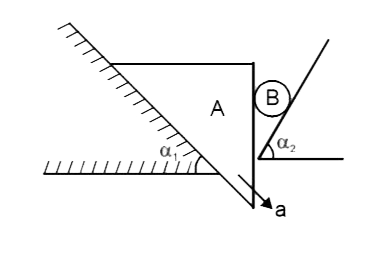In the arrangement shown in fig., if the acceleration of B is →a. Then find the acceleration of A.

A
asinα
B
acotθ
C
atanθ
D
a(sinαcotθ+cosα)
Video Solution
Text Solution
The correct Answer is:D
Direction of acceleration of B is along the fixed incline. And that of A is along horizontal towards left. From diagram, accelerations of B is represented by −−→AB while its horizontal and vertical components are shown by AO and OB, respectively. Acceleration of A is represented by −−→AC.
−−→AC=a(sinαcotθ+cosα).
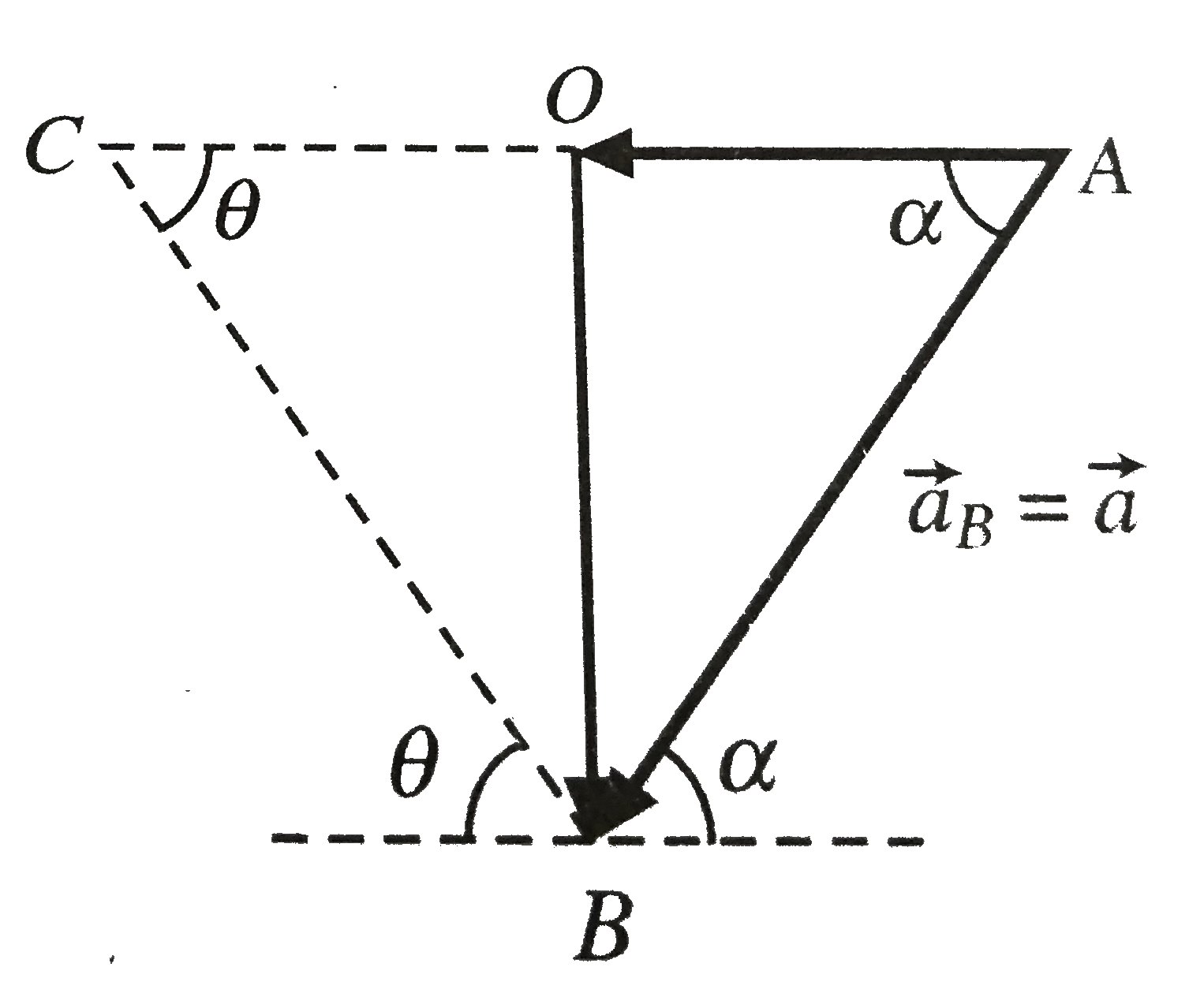
|
Updated on:21/07/2023
Topper's Solved these Questions
- BOOK - CENGAGE PHYSICSCHAPTER - NEWTON'S LAWS OF MOTION 1EXERCISE - Multiple Correct11videos
NEWTON'S LAWS OF MOTION 1
- BOOK - CENGAGE PHYSICSCHAPTER - NEWTON'S LAWS OF MOTION 1EXERCISE - Assertion-reasoning15videos
NEWTON'S LAWS OF MOTION 1
- BOOK - CENGAGE PHYSICSCHAPTER - NEWTON'S LAWS OF MOTION 1EXERCISE - Subjective15videos
NEWTON'S LAWS OF MOTION 1
- BOOK - CENGAGE PHYSICSCHAPTER - MISCELLANEOUS VOLUME 2EXERCISE - INTEGER_TYPE10videos
MISCELLANEOUS VOLUME 2
- BOOK - CENGAGE PHYSICSCHAPTER - NEWTON'S LAWS OF MOTION 2EXERCISE - Integer type1videos
NEWTON'S LAWS OF MOTION 2
Similar Questions
Knowledge Check
- Question 1 - Select One
In the arrangement shown in figure, if the acceleration of B is ¯a , then find the acceleration of A
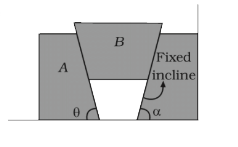 Aa sin αBa cot θCa tan θDa (sin α cot θ + cos α)
Aa sin αBa cot θCa tan θDa (sin α cot θ + cos α) - Question 2 - Select One
In the situation as shown in the figure if acceleration of B is a, then find the acceleration of A (B always remain horizintal),
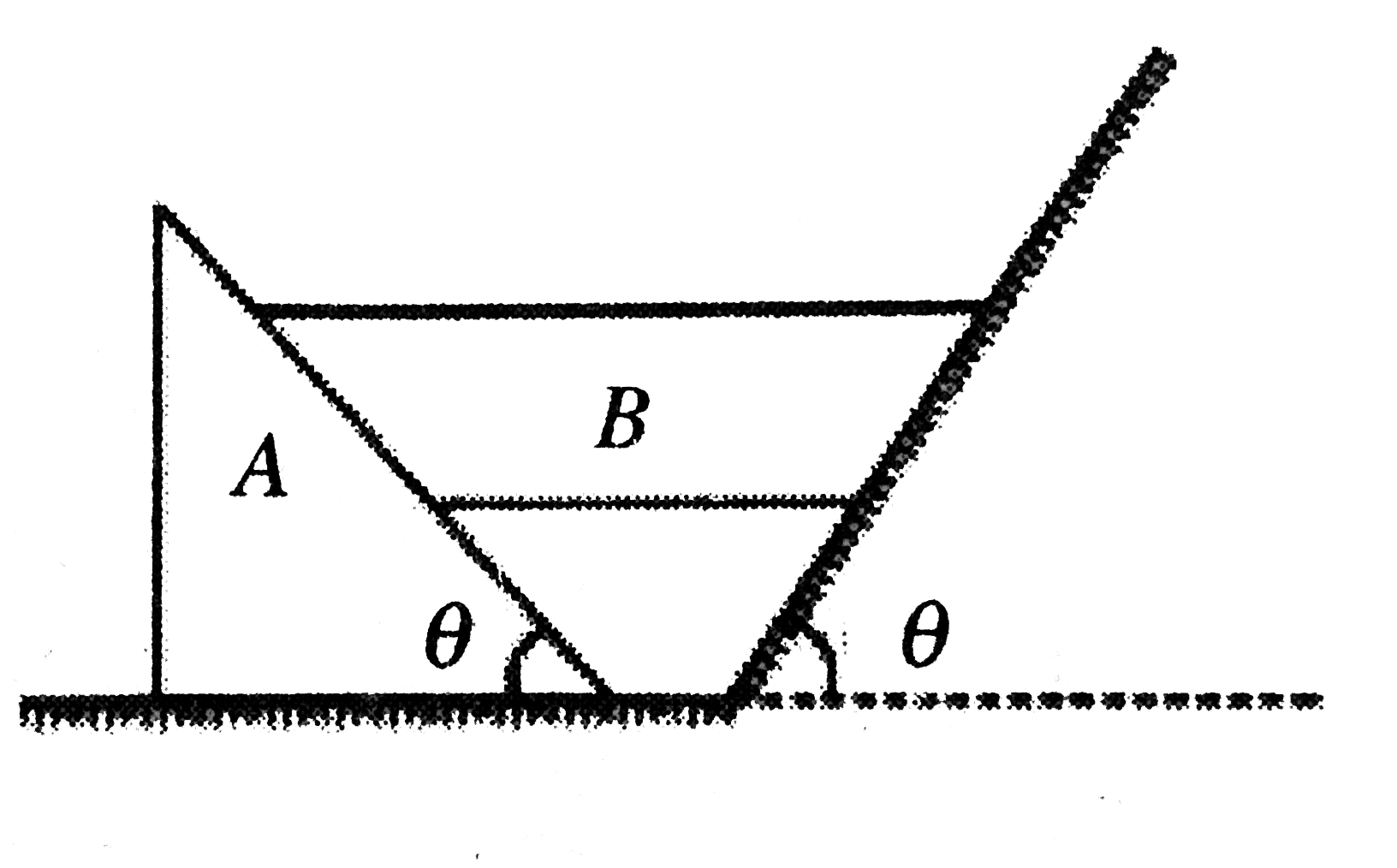 AasinθBacotθC2atanθD2acosθ
AasinθBacotθC2atanθD2acosθ - Question 3 - Select One
In an arrangement shown in the figure, the acceleration of block A and B are given-
 Ag/3,g/6Bg/6,g/3Cg/2,g/2D0,0
Ag/3,g/6Bg/6,g/3Cg/2,g/2D0,0
In the arrangement shows in fig. if the surface is smooth then find out acceleration of the block m2.
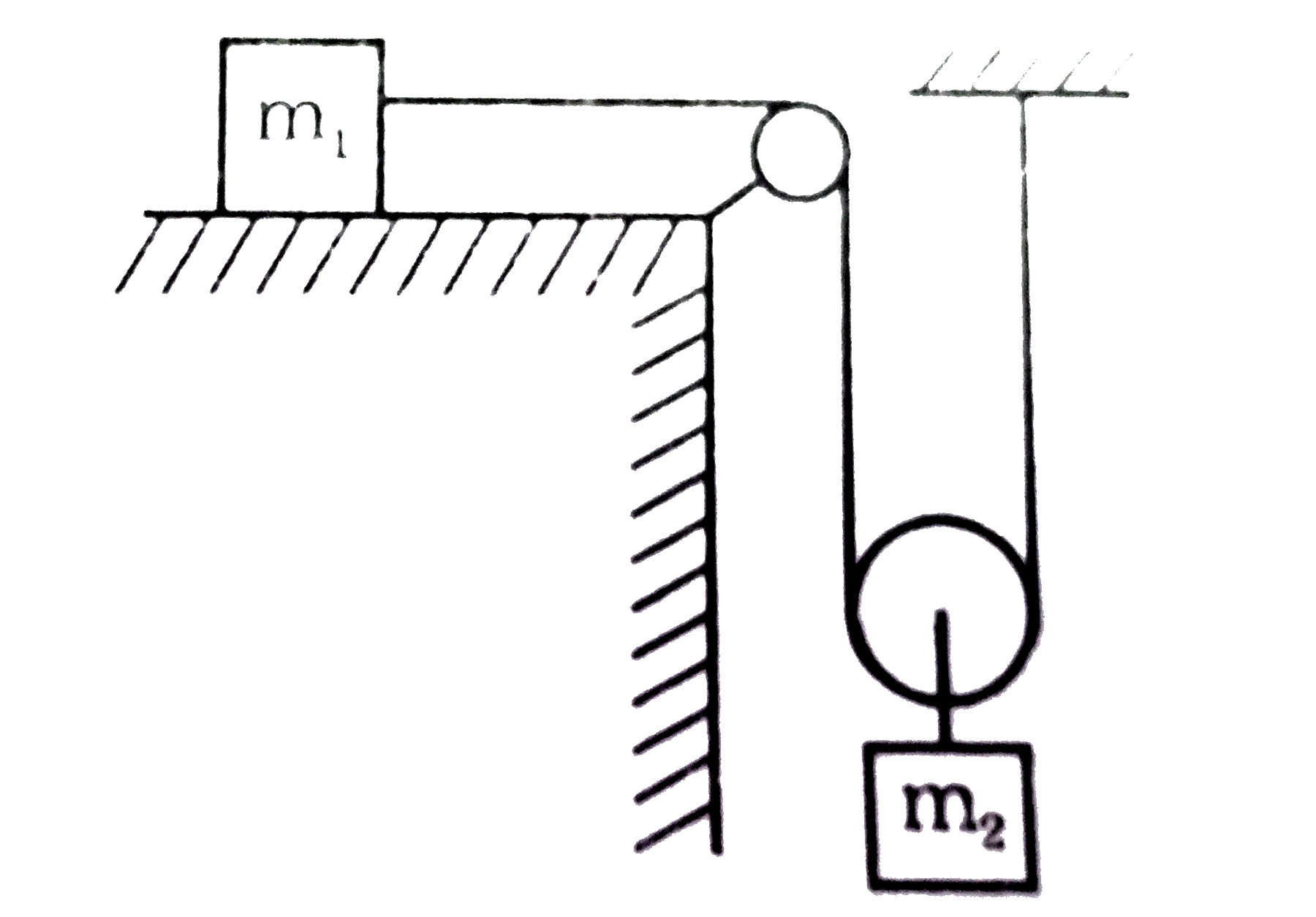 View Solution
View SolutionIn the fig, find the acceleration of mass m2 .
View SolutionIn the arrangement shown, the magnitude of acceleration of C (in m/s2) if A and B have acceleration as shown is ________.
View SolutionFor the arrangement shown in figure when the system is released, find the acceleration of wedge. Pulley and string are ideal and friction is absent.
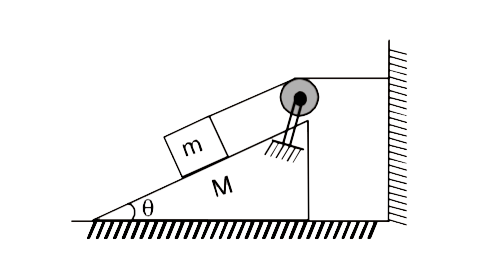 View Solution
View SolutionIn the figure shown the acceleration of A is, →aA=15ˆi+15ˆj then the acceleration of B is (A remains in contact in B)
 View Solution
View Solution


